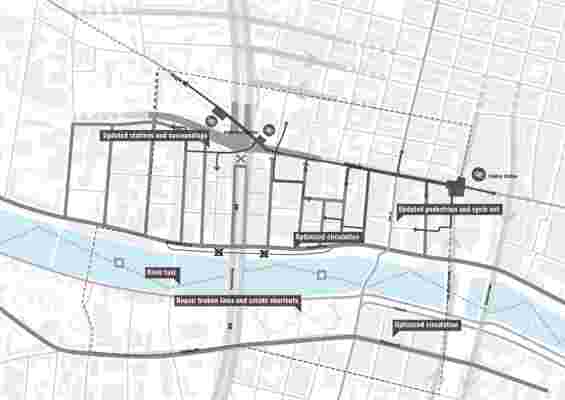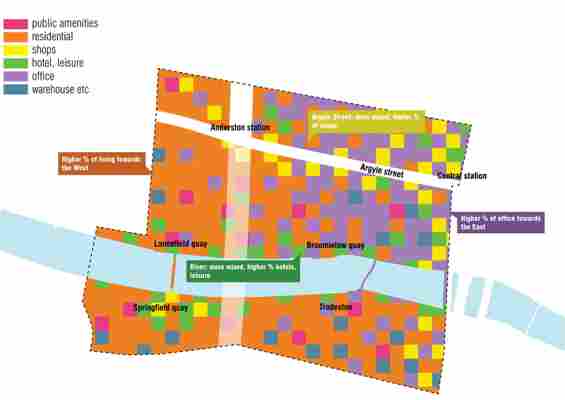This City Is About to Get a Major Redesign to Make It More Livable
The largest city in Scotland is about to get a complete transformation that will make it more environmentally conscious, tourist-friendly, and architecturally diverse. The Glasgow City Council’s new initiative, Y(our) City Center , is calling for a more attractive and welcoming city by updating the structures, public spaces, and transportation. The 1,000-acre economic center is home to nearly 600,000 people and the downtown area serves 135,000 people every day. Despite the city’s historic roots, it faces a number of urban challenges ranging from a lack of green spaces to an abundance of uninhabited buildings. In efforts to boost tourism and make the city a more livable space, the Glasgow City Council hosted a competition encouraging designers to explore innovative ways of addressing these challenges. The winners tasked with the city’s redesign are Rotterdam-based MVRDV and the local architecture firm Austin-Smith:Lord .

This drawing shows the plan to regenerate parts of Central Glasgow. Pictured here is a busy district near the train station, M8 highway, and bustling Argyle Street.
Winy Maas, a founding partner of MVRDV, wrote an open letter in Glasgow’s The Herald about what his team plans to achieve with its design. Maas described how he hopes to address the city’s issues—particularly low inhabitancy rates, high levels of air pollution, and poor use of public space—that are a result of its 20th-century post-war development. The firm intends to make major improvements to the city while still maintaining Glasgow’s distinct culture by getting plenty of input from the community. “Openness and dialogue [with local communities, businesses, and voluntary groups] are essential,” he wrote. “The transformation of Glasgow's heart will touch people's lives by influencing the identity of their city.”

The design within the central section of the city calls for a redistribution of housing on the west end, offices on the east, and hotels, bars, and restaurants near the River Clyde.
Major changes include a motorway and road system that will make downtown more accessible to nearby neighborhoods. Dead zones throughout the city will be transformed into green spaces connected by pedestrian and cycling pathways. Areas surrounding the underused and inaccessible River Clyde will be converted into a lively promenade that offers water activities, river taxis, and an iconic riverfront pavilion. Y(our) City Center will be an on-going project, with no definitive completion date for now.